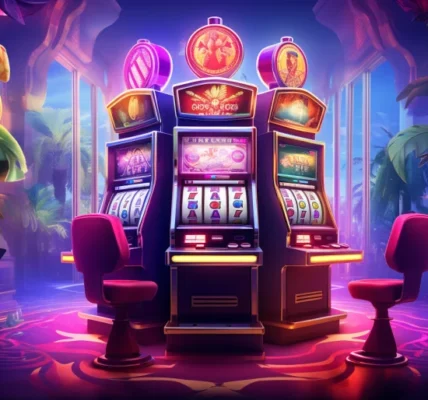Satta Matka, a popular gambling game in India, has a rich history that dates back several decades. One name that is synonymous with the game is रतन खत्री सत्ता मटका, a legendary figure who played a significant role in its development and popularity.
The Origins of Satta Matka
The exact origins of Satta Matka are somewhat unclear, but it is believed to have emerged in the early 20th century. The game was initially played using cotton balls, which were numbered and then drawn randomly from a pot. The numbers drawn would then be used to determine the outcome of bets.
Over time, the game evolved and became more sophisticated. The cotton balls were replaced by lottery tickets, and the betting system became more complex. Despite these changes, the core concept of Satta Matka remained the same: players would place bets on numbers, and the winners would receive a payout based on the outcome of the draw.
Ratan Khatri: The King of Satta Matka
Ratan Khatri is considered the “King of Satta Matka” due to his immense influence on the game’s popularity and growth. He established a network of agents across India, making it easy for people to participate in the game. Khatri’s innovative marketing strategies and his ability to build trust with players contributed to the game’s success.
Khatri’s legacy lives on even today. His name is still mentioned in connection with Satta Matka, and his strategies and tactics continue to be studied by players and industry experts.
The Controversy Surrounding Satta Matka
While Satta Matka has a large following in India, it is also a controversial game. The game is illegal in most parts of the country, and authorities have been cracking down on it for many years. Despite the legal challenges, Satta Matka continues to thrive, with many players finding ways to participate in the game discreetly.
Conclusion
Satta Matka and Ratan Khatri are inextricably linked. Khatri’s contributions to the game’s development and popularity have made him a legendary figure in the gambling world. While the game’s legality remains a contentious issue, there is no denying its cultural significance in India.



